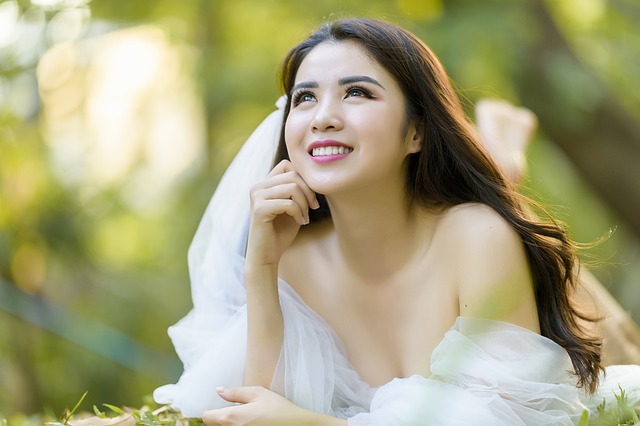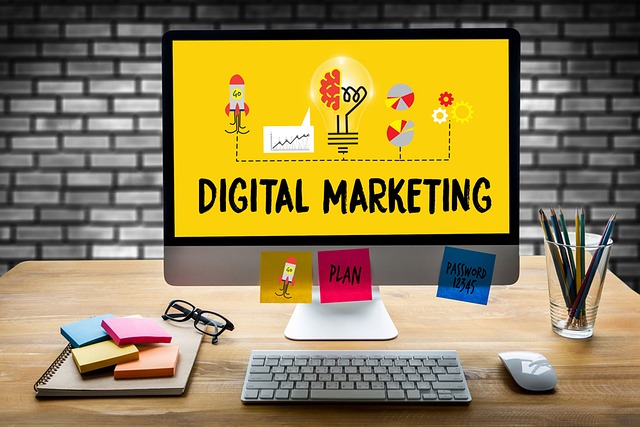-By: Bhavisha Changrani
In recent years, the fashion and beauty industries have been experiencing a transformative shift, one that is making room for diversity and inclusivity like never before. As society continues to embrace a broader spectrum of beauty standards, fashion is following suit, evolving to reflect a more inclusive approach to body types, skin tones, and personal expression. The growing intersection between beauty and fashion is not just a trend but a cultural movement that aims to challenge traditional ideals and celebrate individuality.
The Changing Face of Beauty Standards
Historically, the fashion industry has been criticized for promoting a narrow, idealized standard of beauty—one often reserved for tall, slim, and fair-skinned individuals. For years, fashion ads and runways were dominated by a homogeneous portrayal of beauty, leaving little space for people who didn’t fit this mold. However, the last decade has seen an important shift toward greater inclusivity, fueled by the growing demand for diversity and body positivity.
Beauty inclusivity refers to the recognition and acceptance of all skin tones, body shapes, abilities, and gender expressions in the fashion and beauty industries. This shift is partly driven by consumer demand—shoppers are no longer content with seeing the same uniform standard of beauty reflected in advertisements and on the runway. They want to see people who look like them, or better yet, see themselves represented in an authentic, empowering way.

Fashion’s Role in Embracing Inclusivity
Fashion has long been a form of self-expression, yet it often failed to consider the diverse needs of consumers. In recent years, however, the fashion world has witnessed a significant change in how brands approach sizing, fit, and design. More brands are introducing extended size ranges, with many moving beyond the traditional size 0-12 offerings. Plus-size models have gained more visibility, and major fashion houses, such as Christian Siriano and Savage X Fenty by Rihanna, They have adopted inclusivity by showcasing models of various shapes and sizes on their runways and in their campaigns.The inclusion of diverse body types is just one aspect of the larger movement toward inclusivity in fashion. Designers are also placing greater emphasis on clothing that is adaptable to different body types, using stretch fabrics, versatile silhouettes, and customizable features. Clothing is no longer something that fits only a certain body; it’s becoming an expression of individuality that can be tailored to everyone.
A Spectrum of Skin Tones
Just as inclusivity in body types has become a focal point in fashion, the celebration of diverse skin tones has emerged as a critical factor in redefining beauty standards. Beauty brands have led the charge in promoting shades for every skin tone, with companies like Fenty Beauty by Rihanna pioneering the launch of foundations in an unprecedented array of shades. Fenty’s success proved that consumers want products that cater to their specific needs, and since then, many other brands have followed suit, offering foundations, concealers, and powders in a range of skin tones that go beyond the traditional light and medium hues.
Fashion, too, has begun to reflect this shift. Designers and stylists are embracing a more inclusive approach to showcasing their collections, using models of various skin tones to highlight the versatility and beauty of their designs. The color palette for clothing and accessories has expanded, with rich hues like deep reds, browns, and earth tones becoming increasingly popular, allowing people of all skin tones to wear colors that complement their complexion.
The Intersection of Fashion and Beauty
The convergence of beauty and fashion has had a profound impact on how we perceive and celebrate individuality. In the past, fashion and beauty were often seen as separate entities, with beauty focusing on makeup and skincare and fashion highlighting clothing and accessories. But today, these industries are interwoven, with fashion campaigns increasingly featuring beauty products and makeup looks that complement the clothing being showcased. The collaboration between the two industries creates a holistic vision of beauty that celebrates the diversity of the people who wear the clothes and beauty products.
One example of this is the rise of inclusive beauty campaigns that feature models with different skin tones, body shapes, and hair textures, wearing clothing that reflects their personal style. Designers now recognize that beauty is not just about flawless skin or a specific body type but about the confidence and individuality that each person brings to the table. This shift has led to an increased focus on “real beauty,” where makeup and fashion choices are used to enhance a person’s uniqueness rather than fit them into a predetermined mold.

Celebrating Diversity in Fashion Advertising
A major change in the fashion industry has been the shift in advertising, with a growing number of brands choosing to feature a diverse range of models. Today’s campaigns are celebrating models of all backgrounds, including various ethnicities, body types, and ages. Brands like Aerie, Dove, and Glossier have taken strides toward promoting inclusivity in their advertisements, showcasing women who break the traditional beauty mold.
Social media has played a significant role in this transformation, as influencers and everyday individuals alike have used platforms like Instagram and TikTok to challenge traditional beauty standards and show that beauty comes in all forms. Brands are increasingly listening to their audiences, amplifying voices that were once marginalized in mainstream media.
The Future of Inclusive Fashion and Beauty
As inclusivity continues to evolve in fashion and beauty, we can expect to see even more progress toward representation and equality. The industry is moving away from tokenism and embracing diversity in all its forms—whether it’s body shape, skin tone, gender, or ability. Consumers are demanding change, and brands that fail to adapt are at risk of being left behind.
In the future, inclusive beauty and fashion will likely be the norm rather than the exception. Clothing lines will become more versatile, embracing a range of body types, sizes, and cultural aesthetics. Makeup brands will continue to expand their shade ranges and innovate to meet the needs of a global audience. Fashion shows will feature models who represent the full spectrum of humanity, from different ethnicities to various body types, making fashion accessible and empowering for everyone.

Conclusion
Inclusive beauty and fashion are reshaping the landscape of the industry, creating a more inclusive, diverse, and empowering environment for consumers. The intersection of these two industries is transforming how we view beauty, self-expression, and individuality. As the demand for diversity grows, both fashion and beauty will continue to evolve, ensuring that everyone can see themselves reflected in the products they buy and the campaigns they follow. In the future, beauty will be about celebrating all forms of expression, and fashion will be about celebrating the people who wear it.












